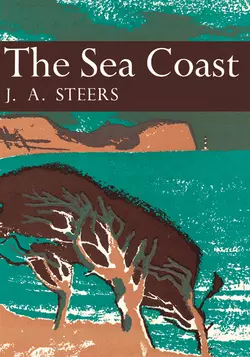The Sea Coast

J. Steers
Тип: электронная книга
Жанр: Зарубежная образовательная литература
Язык: на английском языке
Стоимость: 1155.75 ₽
Статус: В продаже
Издательство: HarperCollins
Дата публикации: 17.04.2024
Отзывы: Пока нет Добавить отзыв
О книге: The Sea Coast shows in a persuasive and compelling way the origin and evolution of cliffs, estuaries, sea marshes, sand dunes and the communities of plants and animals that they support. This edition is exclusive to newnaturalists.comBritain′s coasts have everything, from towering cliffs rising sheer from deep water to a thousand feet and more, to miles of tidal slobs and flats, restless shingle spits, shifting beaches, immobile rock headlands. The extraordinary consequences of a varied climate and a complicated geology are shown even more effectively in Britain′s coasts than in her fascinating island scenery.Our greatest authority on coastal topography, Professor Steers, has studied the nature of Britain′s sea-side and the evolution of coasts and coastline for most of his life. A past Professor of Geography of Cambridge University, he made the now famous comprehensive survey of our entire coastline. His book shows in a persuasive and compelling way the origin and evolution of cliffs, estuaries, sea marshes, sand dunes and the communities of plants and animals that they support.